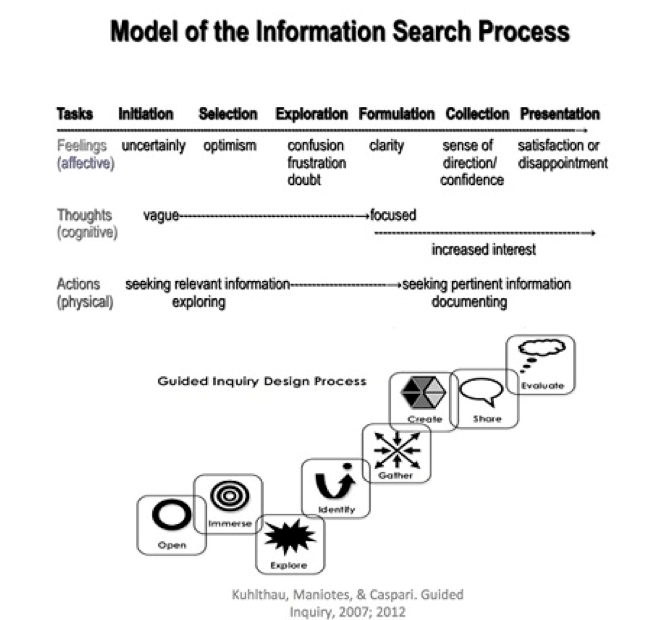Steve Wheeler’s keynote for the International Technology, Education and Development Conference covered many valuable idioms and concepts:
- The have and have nots and the wills and the will nots
- Disruptive technology: technology that redefines learning experiences
- New cultural capital involves transliteracies
- Rhizonomy – learning through social software
- Crowdsourcing curriculum (IATED, 2015).
I see already, many connections between what he says and what was covered in my previous subject, ETL504 Teacher Librarian as Leader. I see the need for TLs to continue to support the whole school community in their digital learning endeavours. All the while remembering the seduction and bewilderment cycle of new technology. Wheeler posits that schools often buy into new technology without knowing what they want to do with them and we should instead start with the problem first, then move to how technology might solve it (IATED, 2015). While recognising and being prepared for the laggards – those individuals and groups who are averse to change. A fixed mindset, which stems from many and varying circumstances and justifications, prevents them from shifting focus, learning something new, and adopting change. In teaching in particular, change fatigue is real. We are experiencing this now with the implementation of the new senior syllabus and ATAR. Cognitive verbs, implementation of Moodle, new professional development register, new academic skills program, mentoring program, the list goes on. Teachers are overwhelmed. Laggardism is their ammunition.
How can Teacher Librarians support the community through this change? There are so many possibilities. Now is our time to shine. It was confirming to hear Wheeler speak of connectivism and its relationship with Web 3.0 and 4.0. These communities of learning can support learning experiences and inquiry across the curriculum by supporting learners through the information search process, specifically during what Kuhlthau posits as “the dip” (2016). I spoke about the TLs place in the dip here and here. In a similar way, web-based communities of learning can help learners through the affective pitfalls of uncertainty through socially constructed knowledge and understanding (O’Connell & Groom, 2010). Learning 3.0 toward learning 4.0, is connectivist and community driven, whether through learning modes, content or construct. Crowdsourcing education is possible and can enhance and redefine learning. TLs have extensive professional learning networks with which to draw from and ways to assist teachers and students in setting up their digital communities and participatory learning environments.
To thrive in these digital learning communities, students require digital wisdom; whether through mastery of the SCRAP test, enhancement of their digital reputation and digital legacy, or through other digital literacies. As Wheeler mentioned, literacies are the product of combining skills and competencies in new ways which are needed to develop mastery. TLs have a clear role to play in the support of students in these areas.
Wheeler’s reminder through his keynote was to be cognisant and considerate of the gap between those with knowledge, know-how, power, influence, potential and those without.
Reference
IATED. (2015, March 17). Steve Wheeler: Digital learning futures: Mind the gap! [Video file]. Retrieved from https://www.youtube.com/watch?v=t7EftCFQHVg&feature=youtu.be
Kuhlthau, C. C. (2016). Information search process. Retrieved from http://wp.comminfo.rutgers.edu/ckuhlthau/wp-content/uploads/sites/185/2016/01/ELIS-3E.pdf
O’Connell, J., & Groom, D. (2010). Connect, Communicate, Collaborate. Camberwell, Vic.: ACER, 2010.
[ETL523 Introduction]

